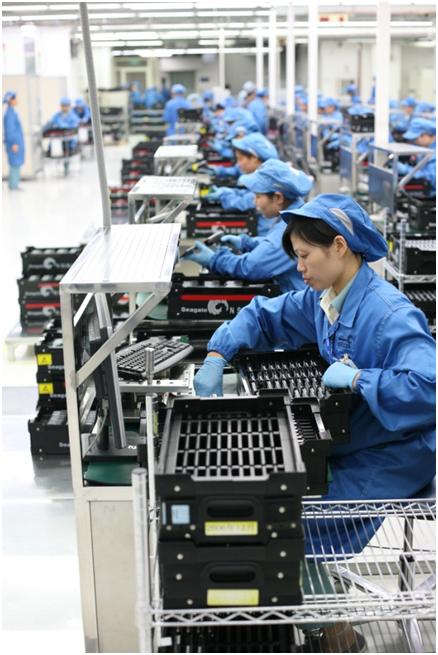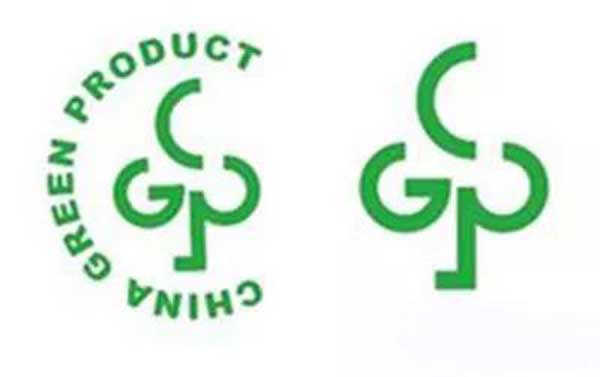Media’s perceptions about China manufacturing have often been associated with sweatshops, unfair trade practices, horrendous working conditions of workers, etc, despite China’s latest relentless efforts in responsible sourcing, sustainable development and environmental protection.
China’s Push for Sustainable Development
In October 2017 at the 19th National Congress in Beijing, a new Five-Year plan outlining 14 guiding points on sustainable development in China has been set. The 14 guiding points focus on the harmony between nature and humans, the improving of people’s livelihoods and may other environmental goals. The trend towards sustainable development has further underlines by China’s measures take, for example, the stop of importing plastic waste, the launch of environmental taxes for companies producing air, water pollutants and noises. President Xi Jinping’s New Year speech in 2018 has also stressed the urgent concerns about environmental protection in China. In spite of international media’s constant reports on the severe environmental issues in China like air pollution, China’s actually taking various measures to energy saving, environmental protection and contribution to global ecological development. In some areas of sustainable development, China is even the global leader. For example, China is the largest market to electronic vehicles and it takes up one third of the global market. Besides, the installed capacity of renewable power generation in China is almost twice the scale of the United States, and ranks second to none in the world.
China’s move towards environmental protection also led to a stronger awareness among the population. More and more ethical manufacturers in China are improving their manufacturing facilities and strive for green supply chains, and a growing population of middle class is pushing for a higher standard of life that is based on a clean environment.
Motivations of China’s Responsible Sourcing Practices
Many factors lead to China’s push for green supply chains, and it can boil down to three major reasons.
Regulations of Exported Markets
As “Factory of the World”, each year China exports enormous amount of goods around the world especially to US and Europe that have strict regulations on certain products. For example, electronics exporting to EU markets must carry CE, RoHS markings that regulate the hazardous substances in manufacturing, reducing environmental and health impacts. Chinese exporters of conflict minerals or metals to US or EU also have to provide evidence that they comply with human rights practices through their sourcing process.
Brands’ Growing Concern about Reputation
The growing awareness of consumers in western countries about where their clothes/shoes come from, who made them and how much they got paid has led to companies’ growing concern about their reputation with the media’s constant reports about human right issues like sweatshops, child labor, exploitation of workers, etc, in developing countries. Moreover, the rising of international NGOs to some extent have regulated western and Chinese companies to adopt ethical practices at any stage of their supply chain. As a result, large brands must act responsibly and try to avoid any connection with human rights infringement, or environmental pollution.
China’s Worsen Air Quality
The nation has been focusing on economic development and industrialization for many decades, ignoring the impacts it has on environment. High levels of pollution in Chinese cities have caused a significant amount of deaths and going anger among citizens, and the government has declared a war on pollution.


Leave a Reply